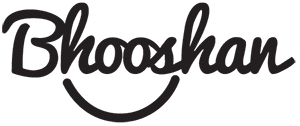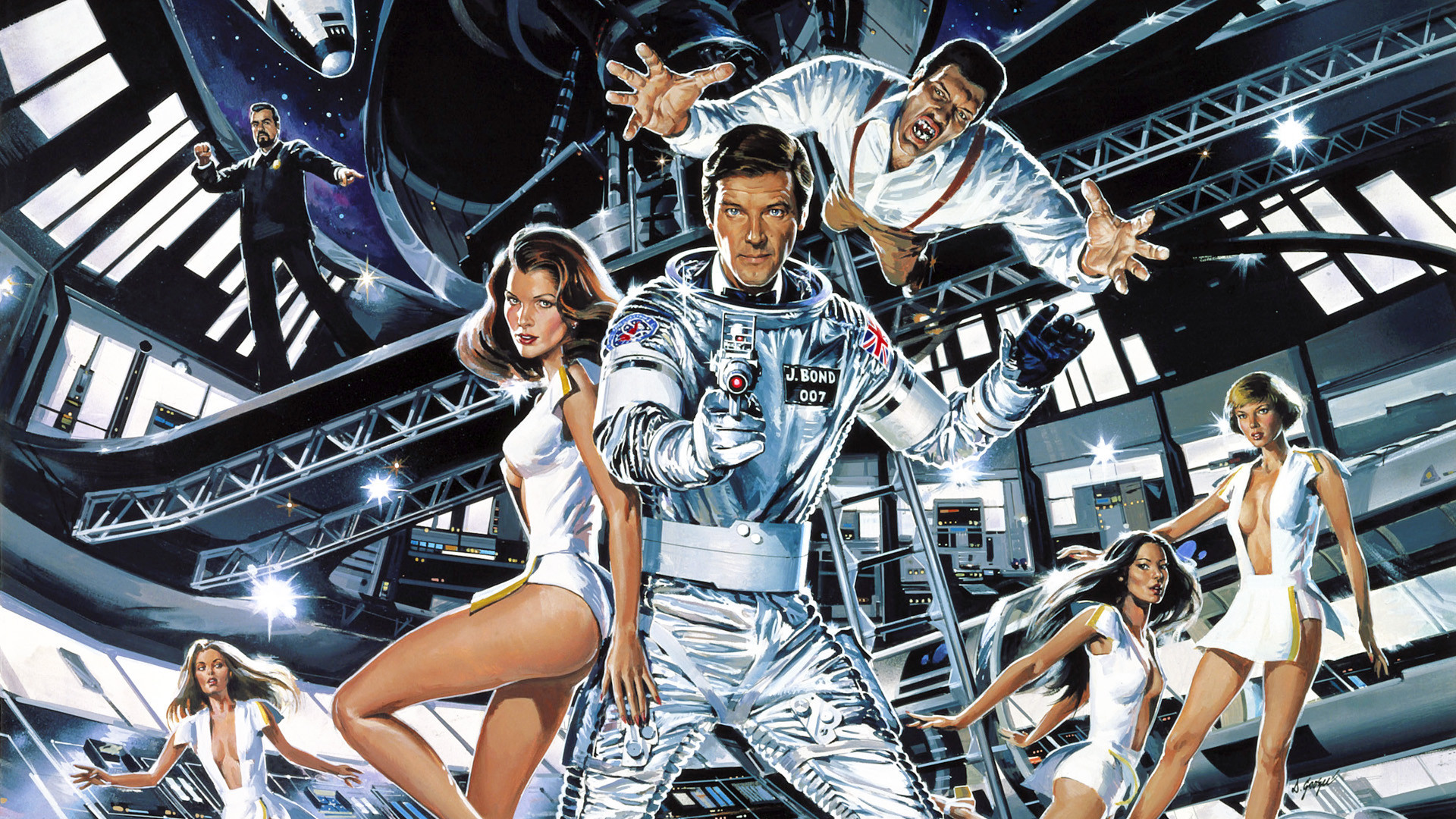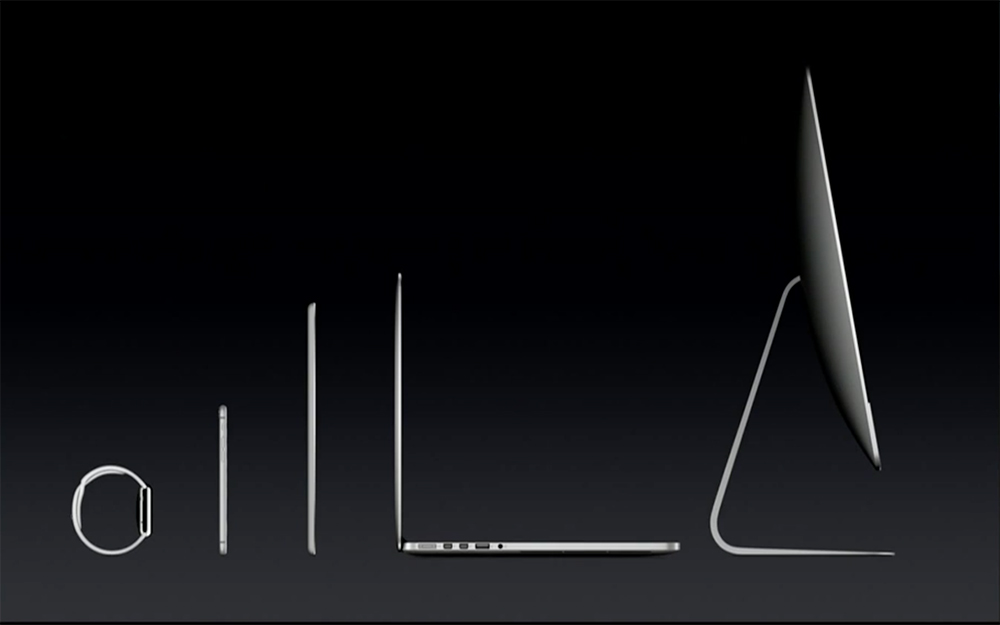Though personally not a Star Wars fan beyond its futuristic innovations, I coincidentally chanced upon Moonraker which is also heavily influenced from the science fiction genre. And it’s quite unimaginable that James Bond could also be cast in a space-age flick diverging from what Ian Fleming had imagined for James Bond in his book Moonraker which was published back in 1955.
It was the 70s when Moonraker gave us distinct clues of the automation and mechanics coming to us in the 21st century. Equally pioneering if not more, than the Star Wars Episode IV: A New Hope which was released to an outstanding box-office collection in 1977 which prompted the producers of James Bond to review. Although for the Stars Wars series since the plot and characters had galactic representation the makers could go over-the-top with the weapons and humanoids. In contrast, being a Bond flick Moonraker’s plot had to be deeply entrenched with the human civilization theme while any technological innovations had to echo with the real world. Some of that space technology has either been popularized or retired or is in the process of being modernized today. Sure Bond gadgets are exaggerated functionally in the series but read on if you are just as curious to know about Moonraker’s tech offerings which are remarkable for the era when it was released. It’s an account of where fiction meets with reality at the horizon called ‘cinema’.
The Concorde and the Space Shuttle
It featured the Concorde (but the landing in Rio De Janeiro was off beat?). The supersonic Concorde flight and the Space Shuttle technology are definitely the biggest scientific innovations and suited the futuristic theme of the movie – it’s ironic that both the services (or should I say ‘technologies’) are now considered obsolete and have been thoughtfully retired. It’s also intriguing that the movie featured a fully functional space shuttle (named Moonraker) much before NASA had even conducted its first orbital test flight of the original space shuttle.
Drax Industries and Space Entrepreneurship
A mid-air space shuttle hijack prompts MI6 to investigate the incident and 007 is chosen for the job. The trail leads to Drax Industries and its billionaire owner Hugo Drax while unearthing his wicked plans. Not only did Drax build his own Moonraker shuttles but also had the groundwork to support their launch from the Amazon rain forests. This will sound familiar to the business model which Elon Musk has successfully created with SpaceX (except for launching rockets from the Amazon jungles which is never happening.) Entrepreneurship in space technology wasn’t even considered in the 70s when NASA and other government agencies around the world headed research and held rocket engineering secrets. Despite Drax Industries being a fictitious entity, it introduced to the world the concept of space entrepreneurship and deep-space colonization as a viable alternative for the future of humanity.
The Space Station
This brainchild of Hugo Drax wasn’t surprising considering that the Soviets had already launched the Salyut program in 1971. What was fascinating though was Hugo Drax’s space station had the most modern design and was technologically more advanced than the modular space stations we are used to seeing today at the International Space Station (ISS). The ISS doesn’t have a ‘zero gravity’ setting enabling the astronauts to walk normally like Drax’s space station. So maybe this was a bit exaggerated! The most ambitious feature I thought was the simultaneous docking of the Moonrakers – 6 at a time, to bring in supplies to the station, which could become a remote possibility in the distant future for the ISS.
In Conclusion
The producers of James Bond pushed to develop Moonraker ahead of For Your Eyes Only after the overwhelming response to the Star Wars and the space-age genre. The comparison with Star Wars is thus obvious. However the technology from Moonraker was deployed sooner than Star Wars, even though I believe that the AI/humanoid theme from Star Wars is priceless and requires more research before it can be realistically deployed. This is not to suggest that Star Wars isn’t an entertaining movie series. But to realize that James Bond also went into outer space to save humanity, and that Moonraker was this sci-fi show uncovering some breakthrough technological innovations in the 70s, is personally gratifying to note.


